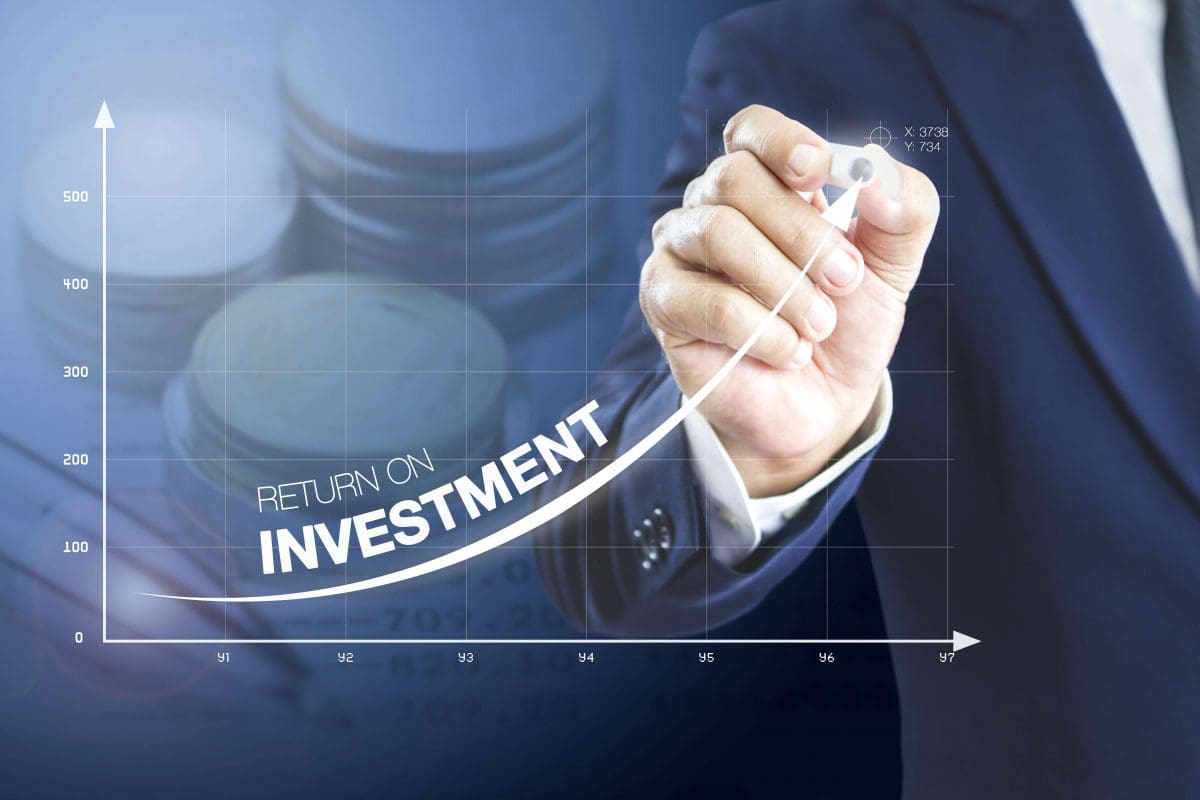Investing can be a lucrative way to earn passive income and build long-term wealth. In today's world, there are countless investment options to choose from. As an investor, you'll want to find the best return on your investment with minimal risk. High-yield investments offer just that - high returns, but with higher risk. In this blog post, we'll take a closer look at high yield investment and how you can maximize your returns with them.

Understanding High-Yield Investments
High-yield investments are any investments that offer higher returns than standard investment options. These investments are usually riskier and require more research and knowledge to invest in. Examples of high-yield investments include corporate bonds, peer-to-peer (P2P) lending, real estate investment trusts (REITs), dividend-paying stocks, and mutual funds.
Risks Associated with High-Yield Investments
Before investing in high-yield investments, it's important to understand the risks associated with them. Unlike standard investment options, high-yield investments carry a higher risk of failure. These investments aren't always backed by the FDIC, which means investors may lose their principal investment if the investment fails. Additionally, high-yield investments can be more volatile and hard to sell in a pinch.
Maximizing Returns with High-Yield Investments
If you're considering investing in high-yield investments, here are a few tips to maximize your returns:
Diversify: Don't put all your eggs in one basket. Spread out your investments across different funds and stocks to minimize your risk.
Research: Do your due diligence and research the investment opportunities before investing your money. This can ensure that you make informed decisions and evaluate possible losses.
Reinvest: If you're investing in dividend-paying stocks or mutual funds, consider reinvesting your dividends. This can help you compound your earnings over the long term and maximize your returns.
Know when to Sell: High-yield investments are often riskier than traditional investments, so knowing when to sell can make all the difference. Be sure to set stop-loss orders and have a sound exit strategy in place.
Common High-Yield Investment Options
Here are a few popular high-yield investment options:
Corporate Bonds: These are debt securities issued by companies to finance their operations. They offer a higher interest rate compared to U.S. Treasury bonds.
P2P Lending: This is a personal loan platform that connects borrowers to lenders. P2P lending can offer high yields, but it has a higher risk of default compared to traditional bank loans.
REITs: These are a type of investment that owns and operates income-generating real estate, such as apartments, hotels, and shopping centers. REITs typically pay high dividends to their investors.
Dividend-Paying Stocks: These are stocks that pay out a portion of their earnings in dividends to their shareholders. They can offer a steady income stream while also earning capital appreciation.
Mutual Funds: These are a portfolio of stocks and bonds that are managed by professionals. They offer diversification and the opportunity for higher returns compared to savings accounts.
Conclusion:
High-yield investments offer investors the potential to earn high returns, but they come with higher risk. It's important to carefully research your investment opportunities, diversify your portfolio, and set an exit strategy to minimize risk. Additionally, reinvesting your dividends can help you maximize your returns over time. Remember, high-yield investments should be viewed as a long-term investment strategy, rather than a quick way to earn money. With careful planning and research, high-yield investments can be a great way to build long-term wealth and secure your financial future.
 icons at the top right corner of the subsection.
icons at the top right corner of the subsection.